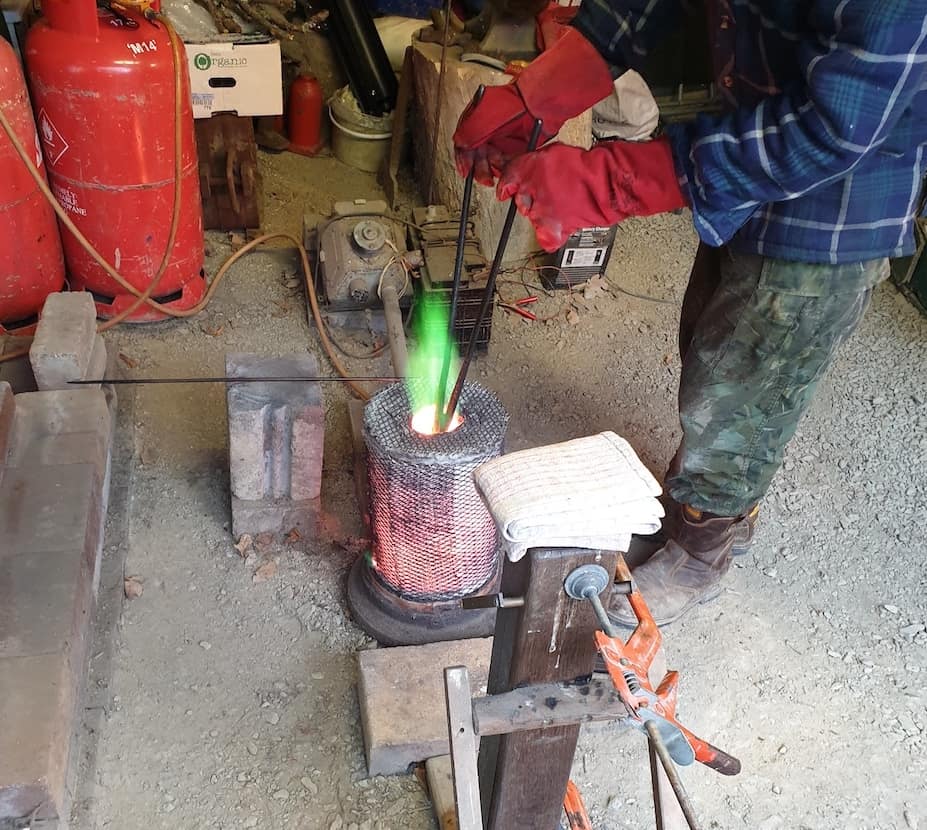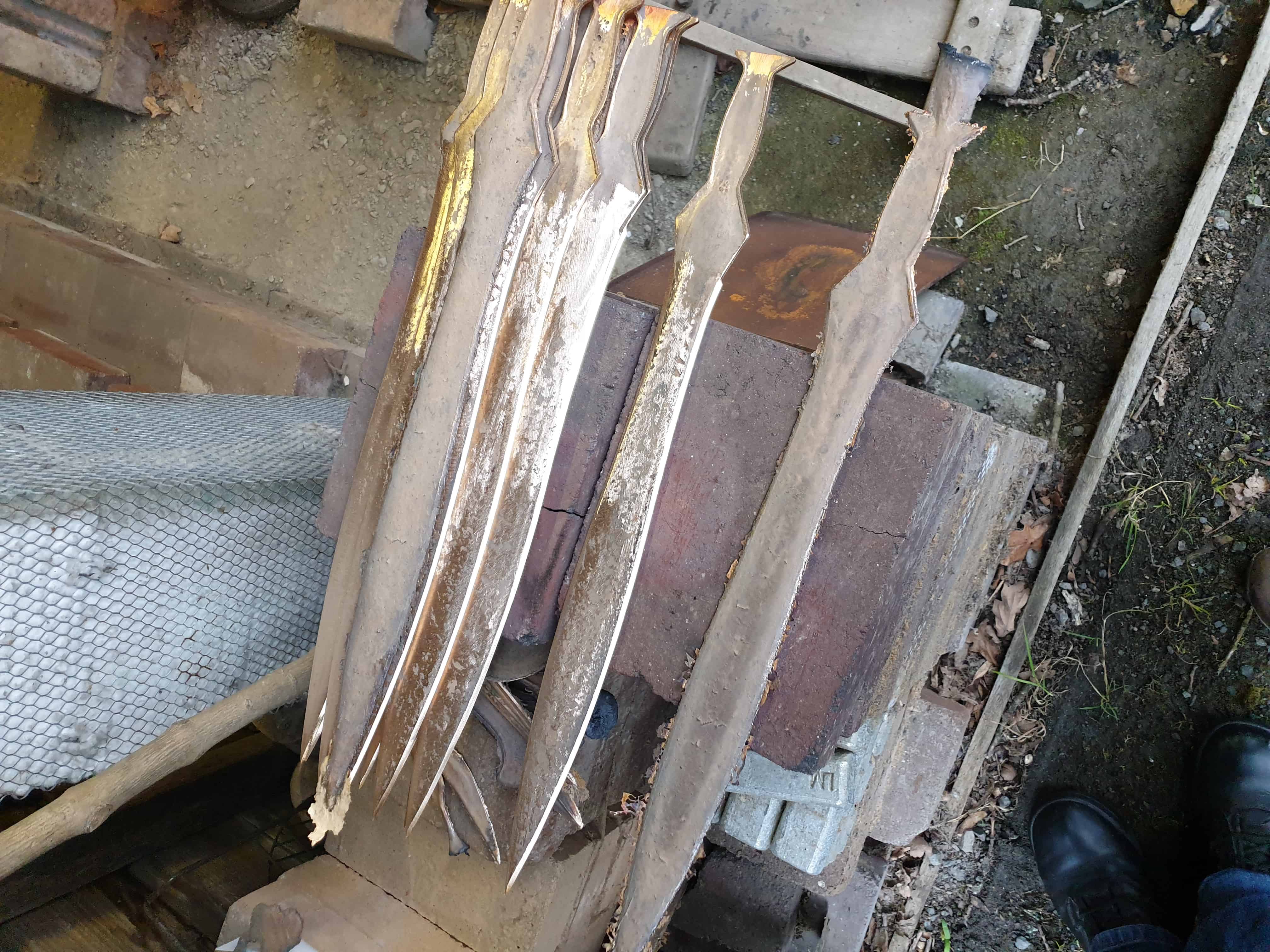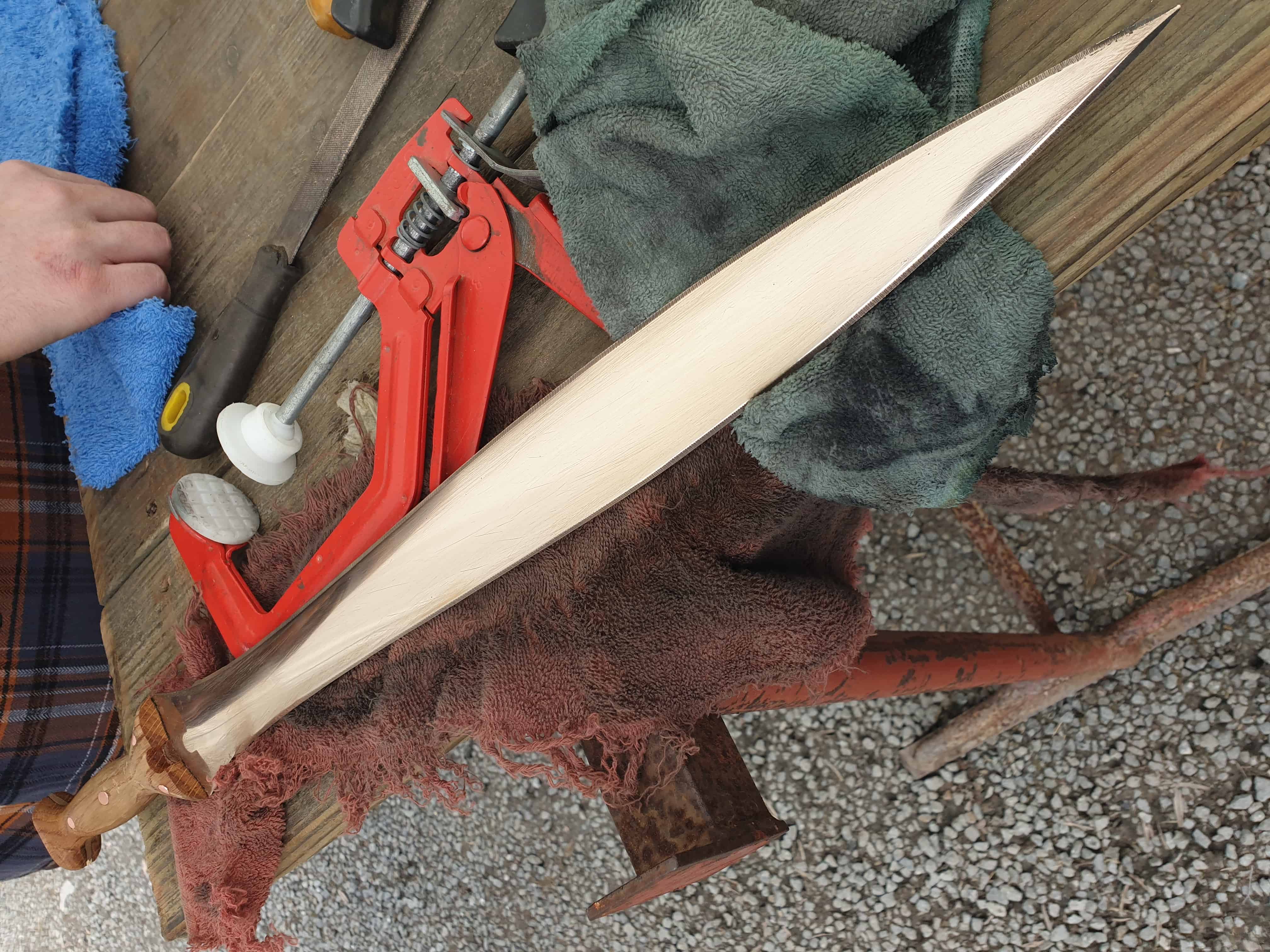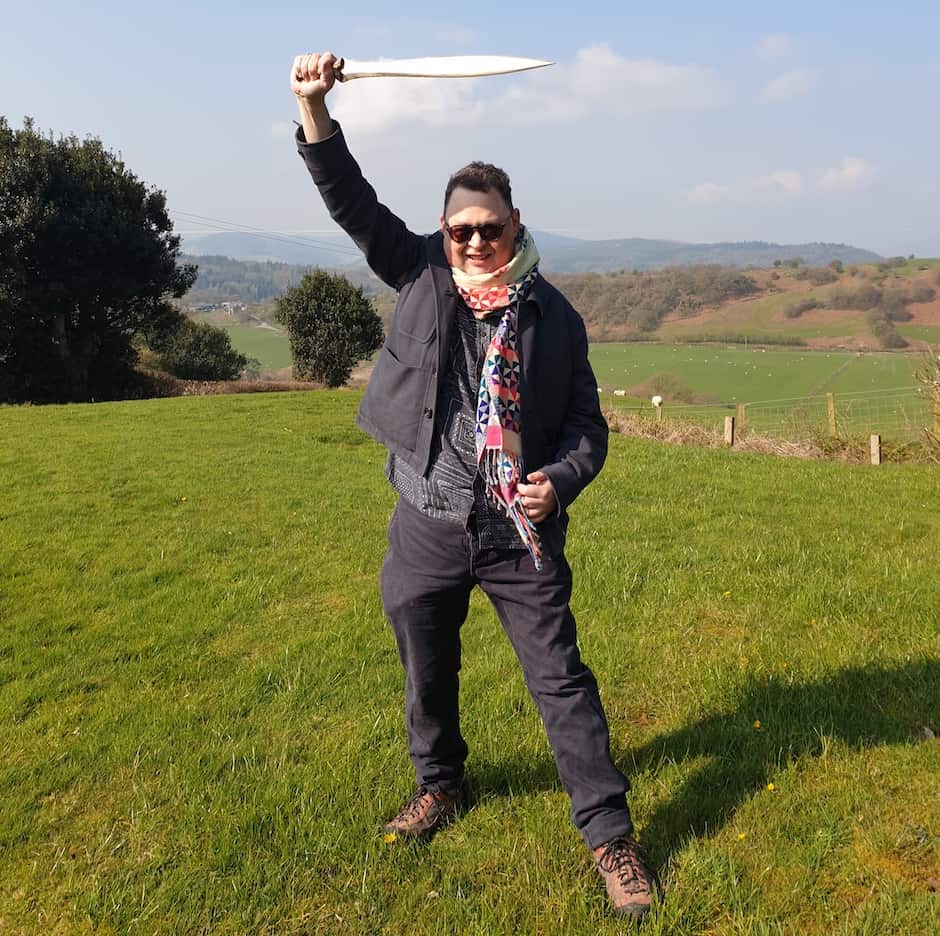One of the most common complaints we receive from certain readers, particularly on our weekly poll articles, is that engineering should steer clear of politics. However, I recently discovered (via a somewhat roundabout route) that politics developed in human history as a direct result of engineering – or at least, the development of technology.
The explanation for this will take some time, so I hope readers will bear with me.
Regular readers may recall that I am interested in craft, and occasionally indulge in making weekends to try new things. As well as simple interest, my motivation results from disability: a mild stroke has left me partially paralysed in my left arm and hand, and I’m always looking for new interesting, and challenging activities where I have to use both hands.

Recent and not-so-recent activities have included a green woodworking course, where I turned four half-round sections of sweet chestnut, still with bark attached, into a dovetail-jointed wooden box (currently on my desk and full of teabags); steel blade forging, which saw me make a wood-carving knife (I wrote about this here) and bookbinding. Earlier this month it took me to near the dead-centre of Wales to visit the Bronze Age Foundry run by Dave Chapman and friends, to make a sword in the company of 14 others, including my under-graduate lab partner, who I haven’t seen for nearly three decades and is now a materials science lecturer.
Why? Why not!
The sword in question is a replica of a short sword found in a bog in Ireland and now held in the Pitt Rivers Museum in Oxford. When I say “make a sword” that is, to be honest, an exaggeration. Bronze is not forged like steel: its hardness and ability to hold a sharp edge results from the atomic structure of the copper-tin alloy, which forms as it solidifies from a molten state. Although we were making an ancient weapon, to save time and enable us to mostly finish in a weekend, we took short-cuts with modern technology. To avoid nightmares with insurance and health and safety, the casting was done for us: Dave melted down bundles of pure copper wire in his small propane-fuelled furnace, dropped in ingots of pure tin to make an alloy 12.5% tin by weight (stiff enough to make a good sword but not brittle) and cast the molten alloy in a soapstone mould he had made himself (the metal emerging from its mould is another explanation of the "sword in the stone" myth, he told us).
The resulting sword blank was crusted with oxides and had flashing from the mould along its edges, and again to save time and these were removed along with the conical sprue above the hilt section. A little judicious use of an angle grinder removed the worst of the oxide, leaving us with heavily pitted blades to work on. Most of the first day (from early morning to sundown) was taken up by removing dangerous burrs from the edge and blunting it so it could be worked on safely, laboriously filing the blades on both sides from hilt to tip with coarse and fine hand files, to leave a smooth metal surface that could be finished with many grades of wet and dry sandpaper to remove the myriad scratches the filing left on the metal, and attaching oak hilts with copper rivets and working them into shape, and finally polishing with wire wool and good old Brasso.

Back in the Bronze Age, between four and 5000 years ago, such work would have been achieved with rough rocks, sand and animal skins, and would have taken 6 to 9 months.
As part of the weekend, we were treated to some Bronze Age culture: a reading of Book 16 of Homer’s Iliad in a roundhouse Dave constructed specially for the purpose, and a talk from a local artist, sociologist and weaponry expert – a formidable woman who in earlier in life had served in the army (“I was a lousy soldier, but a very good warrior,” she told us) to put our work in context. The Iliad comes from the early Bronze Age, and the swords used by its heroes were very different from the one we were making: basically just long knives, rather than the double-edged leaf-shaped blade of our swords. Ours is a replica of one of the first purpose-designed swords ever made, and we were given a graphic demonstration of its capabilities by our ex-warrior guest, who drew it across an uncooked leg of lamb with no force behind it at all and laid the flesh open to the bone. She demanded and received a great deal of respect, especially after a demonstration of combat techniques on one of the younger and fitter participants.
Nobody knows how bronze was invented. It was almost certainly by accident. Copper was probably discovered when some early man (or woman) incorporated a chunk of copper-bearing rock into the wall of an oven or kiln, and found a puddle of bright metal at its base after it was used; tin may have been discovered the same way; and as the two metals alloy so readily it’s quite possible that the chance incorporation of both ores led to a piece of metal much stiffer than pure copper or tin being found by pure luck. But once its properties were found and it started to be made deliberately and in quantity (an act we can surely call engineering) it changed society utterly.
Bronze could not possibly have been made by hunter/gatherers. It requires settlement. In early human history, the settlements would have been based around agriculture. But to make bronze, you need people with full-time jobs outside farming. Those who are mining ore and smelting it to extract pure metals can’t work on farms. Smelting requires carbon – certainly in the form of charcoal – so you need organised forestry and specialised charcoal burning. Tin isn’t the only alloying metal that can turn copper into bronze, but it is the most effective and the least toxic (arsenic bronze has been found, but it’s quite certain that nobody who made it would have lived long) and tin has only ever been accessible to humans in a few places: there are deposits in what is now India, China, and Cornwall. We know through archaeology that Cornish tin was traded as far away as Phoenicia (modern-day northern Israel, southern Syria and Lebanon), so international trade would have been required.

Moreover, bronze gave our ancestors for the first time the ability to affect their environment. You can’t cut down a tree with a stone hand axe, no matter how carefully it is knapped. A bronze axe will bite into most tree trunks (part of the Epic of Gilgamesh, also contemporary culture, sees its protagonists astonished by the destruction they can wreak on forestry). All of that led to society being organised through political structures.
We can see some of the results of that in our surviving Bronze Age culture: the Iliad and the war it describes. These times were quite stupendously violent, even by our standards. Part of this was because changes in the climate made weather in Europe much colder and wetter, leaving good agricultural land scarce and worth defending. These times had also led to stratification of society and development of more marked gender roles: the cult of the warrior, seen so clearly in those contemporary epics, arose partly because men, unlike women, don’t bear children and are therefore more expendable. Religion was closely linked to the crafting of metal, as we can see by the abundance of gold jewellery to indicate religious status (it’s probably not coincidental that bronze and gold look alike; early regalia was made from bronze, but gold is easier to work and less useful as tools and weapons).
So, back in our distant past we see the beginning of politics growing out of a stratification of society brought about brought about entirely by the requirements of developing technology, what we now know as engineering. Rational design, in the improvement of swords by Celtic specialists, the need to share out resources fairly in the face of climate change, barter leading to the development of currency (itself connected to technology, in the form of coin minting), all of these are intimately interconnected and have been since the earliest days of what we could recognise as the beginnings of our modern world. They still are. The Iron Age required yet more societal changes: it’s much harder to smelt pure iron out of ore, requiring a great deal more carbon, and the metal requires a vast range of different specialised skills from bronze to turn into useful artefacts.

Incidentally, the influence of the Bronze Age had profound effects echoing through history. That Cornish tin found new uses, notably in food preservation, which led to a need to keep the mines open as they became deeper, more labyrinthine and stretched under the sea. They tended to flood, and the need to pump them out was the driving force for the development of steam engines in Britain. And that gave us the first Industrial Revolution. Waving an original ancient bronze sword above her head, our visiting weaponry expert claimed that it led directly to trains, cars, and the moon landings (“and computers, which I have never owned and never will,” she added, so don’t try to look her up online.)
Amazing what you can discover on a weekend in the country. Did I mention I made a sword?




Hard hat mounted air curtain adds layer of protection
Something similar was used by miners decades ago!